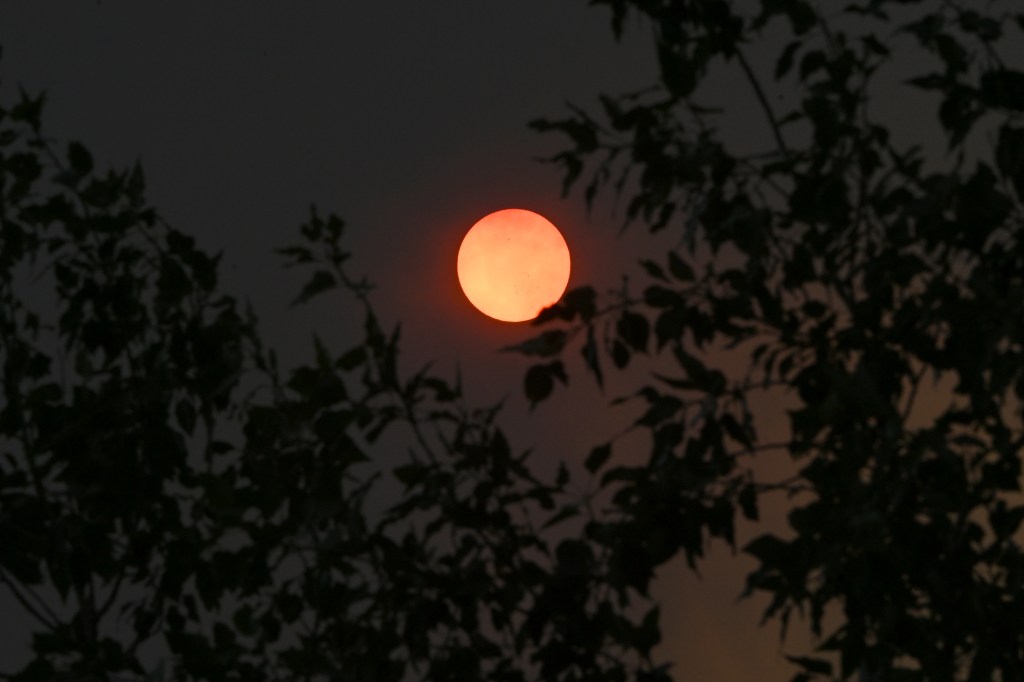While feeling blue in the summer is far less common than in the winter, some people do get “reverse” seasonal affective disorder and they may find it more difficult to manage in hot and smoky summers like the one Colorado is experiencing.
Both traditional seasonal affective disorder — when the lack of sunlight brings down people’s moods and makes them hungry and lethargic — and its summer cousin are types of major depressive episodes, said Dr. Sammie LaMont Moss, a psychiatrist at Kaiser Permanente Colorado’s Highline Behavioral Health Center.
While researchers haven’t studied the summer version as deeply as the winter one, it appears the long days throw off some people’s internal chemistry, making them more anxious and interfering with sleep and appetite, he said.
“There’s a hypothesis that it’s almost a reverse of what we see in the winter,” he said.
Between 0.5% and 3% of people experience seasonal affective disorder, though mild seasonal changes in mood are more common, according to the National Library of Medicine.
About 10% of people who have seasonal depression get it in the summer, with the vast majority experiencing winter symptoms, said Stephanie Lehto, a psychologist at the University of Colorado’s Anschutz Medical Campus.
Generally, people are prone to one type of seasonal depression, though a small group struggles with both summer and winter, Moss said. While summer seasonal depression seems to be less common, that could partially reflect that people aren’t as bothered by the symptoms it causes, or are less likely to identify them as depression, he said.
Excessive light seems to be the main trigger for summer seasonal affective disorder, but the season also comes with other stressors, including the need to find child care when school is out, body image struggles when wearing shorts or swimsuits, financial strains from summer activities and the tendency to compare oneself to people who are taking elaborate vacations or seem to be enjoying themselves more, Lehto said.
“For people who have summer depression, it can be isolating,” she said.
Researchers haven’t widely studied the impact of temperature and air pollution on summer depression, but, anecdotally, some people do seem to struggle more on hot, smoky days, Lehto said. If people don’t want to go outside because they’re uncomfortable, or can’t for health reasons, that will contribute to negative feelings about their lives, she said.
“People dealing with this may be staying inside, which doesn’t feel ‘right’ for the season,” she said.
People who know they struggle emotionally in the summer need to prioritize sleep by following a routine to the extent possible, avoiding artificial light and trying to keep the bedroom cool enough for comfort, Moss said.
Maintaining connections to people who care and eating a balanced diet also help, Moss said. If self-care isn’t enough, though, people who are struggling shouldn’t hesitate to speak to a health care provider, he said.
“You definitely can’t make it dark, but you can do the behavioral things,” he said.
Sign up for our weekly newsletter to get health news sent straight to your inbox.
Originally Published:


